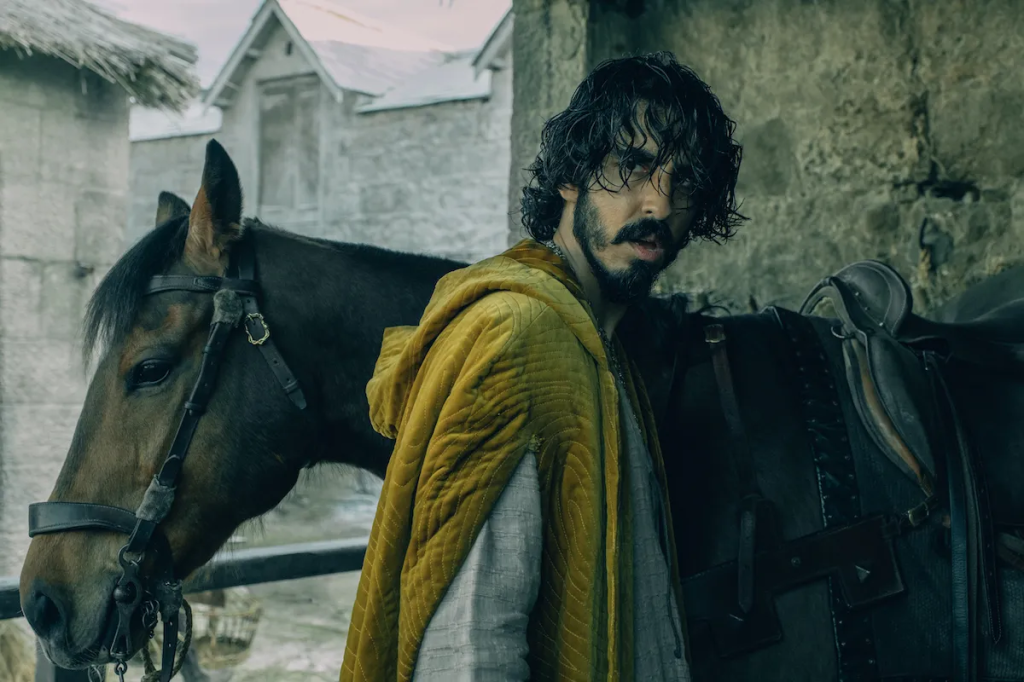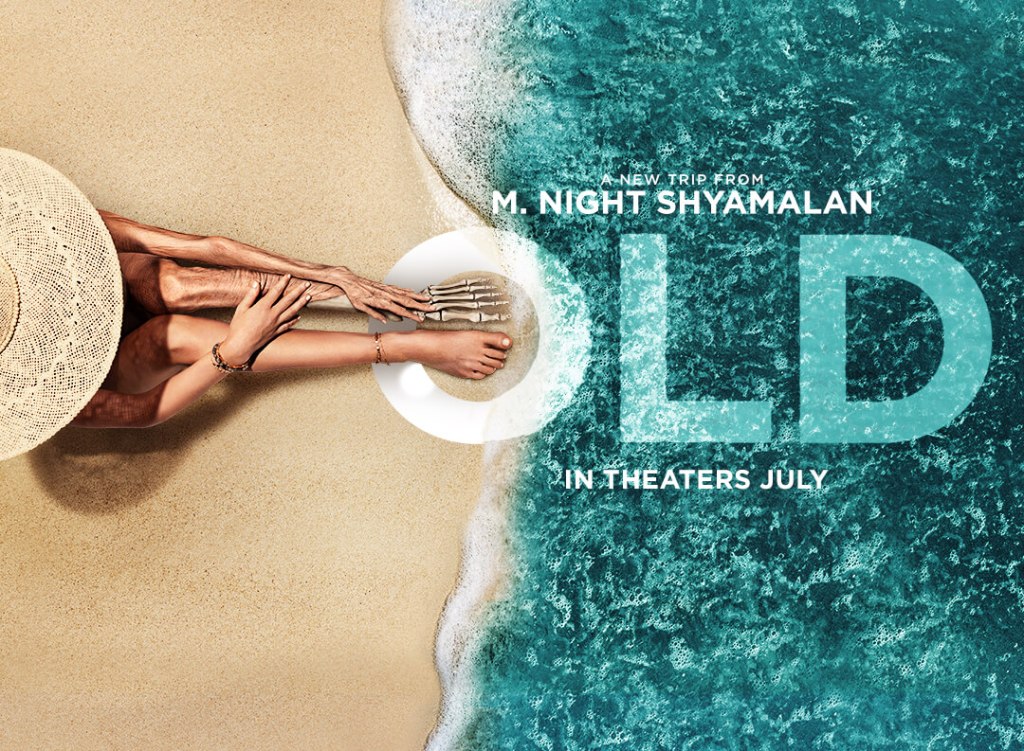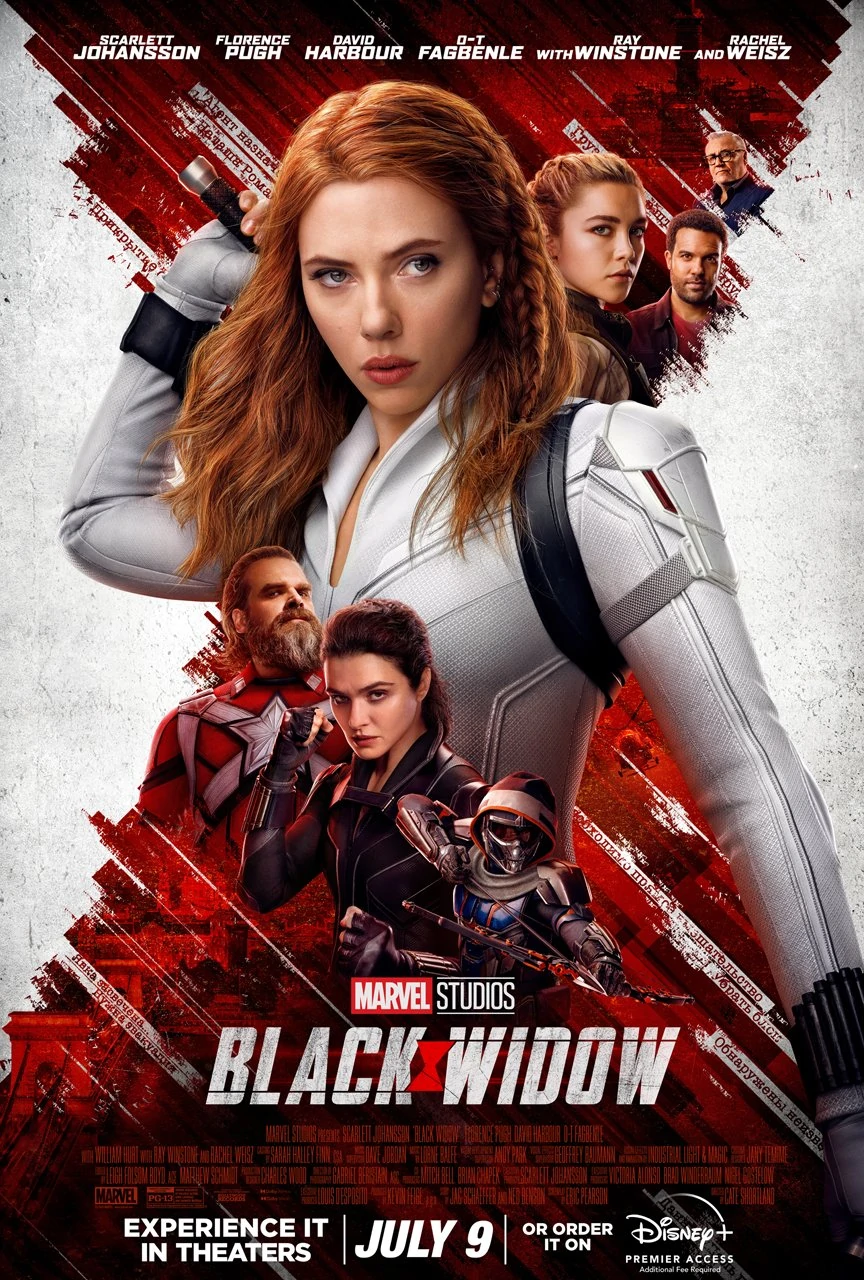
By the time Sir Gawain (Dev Patel) reaches the midpoint of his yearlong march to face the Green Knight (played under lush tree-creature effects by Game of Thrones genre legend/UK Office dickhead Ralph Ineson), the legend of the Christmas Game they performed before the Round Table at Camelot has already spread far and wide across the land, and the facts have drifted accordingly. The version we see at the outset is that ailing King Arthur (Sean Harris) welcomes the Green Knight, an unexpected and terrifying presence, into his hall, and invites him to speak his piece. The Knight’s rather invasive offer – he ventriloquizes Queen Guinevere (Kate Dickie) to read it out in his thunderous voice – is that any man willing should try to land a blow upon him. Should they succeed, they will win the Green Knight’s massive battleaxe. And one year hence, that selfsame knight shall come and meet him in his own hall, the Green Chapel, where he shall return whatever blow that he received, be it a nick or a cleave. When the king’s nephew Gawain (pronounced “GAR-win” in the film) steps past a dozen armed knights to volunteer, he is neither armed nor even a knight himself. The other men awkwardly mill about not giving him a sword until King Arthur hands off his own legendary blade, Excalibur. And as the Green Knight sets down his axe and kneels to present a typically blunt-edged fairy tale lesson on the great wisdom and just rewards that mercy toward the helpless can bring you, Gawain promptly earns a different lesson by chopping the Knight’s head clean off, after demanding that everyone remember what has happened this Christmas Day. After a beat, the Green Knight rises, plucks his severed head off the floor, and walks away, reminding Gawain of the single year he has left to live. And lo, by the time a peasant is drunkenly repeating this pointedly pointless tale back to Gawain in a village pub, Sir Gawain bested the Green Knight with his – that’s to say, Gawain’s – mighty axe, you’d better believe it. Gawain is wielding a mighty axe now, so it’s an easy mistake to make. Indeed, we’re forced to presume a great deal about Gawain’s travels and deeds offscreen by the ways in which people react to him – he is not merely a knight of the Round Table, but one on a noble quest! And he is not at all afraid to be killed in nasty ways.
When FilmWonk Podcast co-host Daniel and I emerged from the Seattle International Film Festival screening of writer/director David Lowery‘s 2017 film A Ghost Story, we were the only ones in the lobby and on the street, with the rest of the audience having stuck around to hear Lowery do a Q&A (as a rule, we don’t stick around for these if we’re reviewing the film). We wandered in silence to our waiting vehicle as the film and the fullness of time washed over us. A Ghost Story was an elegiac reflection on mortality from the point of view of a lingering ghost, played impassively onscreen by Casey Affleck under a sheet. The Green Knight has many bones in common with that film, insofar as both contain reflections on the impermanence of life, deeds, houses, and the stories we tell about them, and they both feature a desperate central performance from a character on the same long march to the grave. The difference here is that Patel plays an avatar for us to root for as he walks the path of all mortals just a bit more consciously than most, rather than a blank, dead canvas on which to project our own feelings on the matter. As in A Ghost Story, there is a scene in which a character explicitly calls this out – here, the unnamed Lady of a forested hunting manor (Alicia Vikander) monologues about the evanescence of the grand idols that men build, each waiting to be reclaimed by creeping vines and the unrelenting green of nature. Of course, the joke’s on her, because her medieval aristocrat’s view isn’t nearly long enough if she thinks that the green will outlast the brown, the red, and the black as the sun expands and the Earth is scoured of all life, just as may have happened to all the other huge dancing gravestones that share our orbit around an unremarkable star in an unremarkable galaxy in an indifferent universe. Must I really go there? The film seems to invite it, with Lowery smugly slipping in a Hubble Deep Field image of thousands of galaxies in a tiny patch of sky, whose light stretches all the way back to the Big Bang, amid Gawain’s half-starved, psilocybin-induced hallucinations. If you missed that, don’t fret. It’s where we all came from, and it’s where we’ll all return, spread out infinitely as our stories echo onward, attenuated beyond recovery even as they blast forth from our planet at the speed of light, ripples in an unfathomably massive pond.

On my honor, The Green Knight is more upbeat and more of an advancement on Lowery’s themes than I’m making it sound. Patel is forced to depict Gawain’s conflicted stoicism and grapple with his impending doom in more overt and specific ways than whoever that fellow beneath the sheet might have been (possibly the key grip in a scene or two?). Gawain also struggles with the vast lore and legend that has already cropped up around this dumb, vainglorious thing that he did to show off for his royal uncle, which has earned him accolades and presumably free drinks from strangers which are utterly failing to make up for the fact that he is the one who will have to die for it. He’ll have to watch the pain behind the eyes of his paid lady friend Essel (also played by Vikander) who truly seems to love him in spite of (or on top of) their transactional relationship, even as she watches him march off to a doom entirely of his own making – perhaps twice. A doom that his uncle even warned him not to seek out, reminding him in a veiled whisper to remember that it’s “just a game”. In some accounts of the Triumph of Julius Caesar, a slave would march behind the glorified would-be emperor whispering in his ear, Memento mori – “Remember you are mortal.” To hear another legendary monarch say to his own nephew and heir apparent that he should remember to play the game feels akin to this. Even in the rough-and-tumble world of medieval England, rulers seldom have to worry about their own mortality on any field of battle with the same frequency as the thousands of peasants they drag to the same slaughter (Richard the Third notwithstanding). Memento ludere feels like a similar utterance – remember to play, whether great games or minor ones, because yours will be a privileged life as long as you play it well. And yet, Gawain doesn’t choose that life. He opts into the grand gesture. Becomes the legend. Throws himself into a doom for the ages. How many heroes do we laud whose stories amount to little more than this? I recall poor Pat Tillman, whose name we’re only still speaking because he gave up an NFL career to be killed by friendly fire in a war that failed to achieve any of its purported objectives and which lasted for nearly as much time on this planet as Tillman himself. I won’t mention his name again, because I really don’t mean to pick on him, or even to single him out. He is just the one who came most readily to mind as a modern face of men winning glory, and in the wake of his death, the amoral husk of American patriotism has hollowed out the flag into a series of multicolored lines by people who think that if we can just empower a few more hypothetical heroes with thoughtless and robotic gestures of gratitude for their service, we’ll never have to think too hard about the conditions of the society that they’re meant to serve and then rejoin. As George R.R. Martin said, by way of lowly not-quite-knight Sandor Clegane, “Knights are for killing!” Perhaps that’s why we need Great Men. Why they become tools of bellicose propaganda, whether or not they might have desired this in life. The powerful need symbols to persuade the rest of us that their power is worth dying for. Or killing for.
By and by, Gawain’s travels take him to a lonely Scottish battlefield, tended by an unnamed scavenger (Barry Keoghan) who offers directions (in exchange for coin), while milling around grave-robbing and lamenting that there was nobody left to bury the dead. “But don’t ye fret!” he assures Gawain, “Nature will do its trick,” pulling them into the ground and erasing any trace of them. On top of whether to trust and compensate this dubious source of directions (whom Keoghan plays with maximum creep factor – you can practically smell the Plague on him), Gawain finds himself in other fairytale morality plays as well, including one grand bargain involving sex, honor, and loyalty – and the transactional dimensions of each. This happens at the hunting lodge mentioned above, where the Lord of the Manor is played by Joel Edgerton, and his wife (Vikander) seeks to tempt Gawain into sexual compromise, and the three of them, strangers yesterday, are somehow in a more intimate version of the Green Knight’s bargain above: a promise to return whatever is given. There’s a lot going on at this manor. But if I’m being honest, the film’s soporific quality had fully kicked in by this point, and I don’t have much to say about this sequence except that Patel and Vikander’s performances continued to impress me. At the Ghost Story screening (which began at close to 10PM), Lowery had told us beforehand to feel free and fall asleep during the film if we need to, and at least one critic in the row behind me seemed to have taken that advice to heart for The Green Knight, quietly snoring away. I managed to stay conscious, but it hardly matters. I only mention this because as much as this film hits a number of complex thematic beats, its narrative is that of a bedtime story, and it is very easy to follow. What’s more, unlike A Ghost Story (which affected me in ways I do not care to repeat), this is one that I’ll definitely be revisiting, and I expect this morality play will give me more in repeat viewing than the sum of the film’s lush visuals did the first time. The Green Knight is absolutely gorgeous, it must be said – cinematographer Andrew Droz Palermo (A Ghost Story) returns to work with Lowery and makes an absolute feast of the UK countryside, occasionally enhanced with what I presume were wholly CGI castles. Some early, shaky CGI fire is a minor distraction in the opening shot, but the remainder of the film’s backgrounds are as deep and expansive as its themes. Costumer Malgosia Turzanska, as well as the entire hair and makeup department, deliver a treat here as well – and for a film with appropriately muted medieval lighting (a mix of flame and cool, clouded outdoor sun), they frankly could have gotten away with a lot less.

The film has two final shots – one a living* title card that appears and fades away before the end credits, and one a minor vignette involving a child’s plaything that appears afterward. Stay for both. Not only because you’ll need a moment to let the experience of this film wash over you, but because the latter feels like a tidy expression of hope amid the film’s dour things. All of our grandest works, our holiest places, our most elaborate cathedrals – in time, they all become overgrown and discarded, desanctified and repurposed until nothing beside remains. But they also become the playthings and wandering places of whoever and whatever innocent and wide-eyed life comes next. And no matter how many self-insert characters Lowery puts into his films to make it nice and clear that everything we know and love will fail to outlast the heat death of the universe, he still inexplicably feels like an optimist about it.
FilmWonk rating: 9 out of 10
*Correction: The original version of this review stated that both A Ghost Story and The Green Knight shared a 4:3 aspect ratio. AGS was indeed 4:3, but TGK was actually 1.85:1. We regret the error, which embarrassingly persisted even after adding stills to the post.





